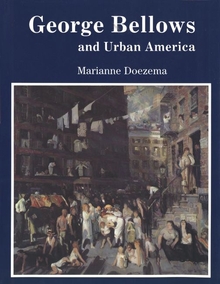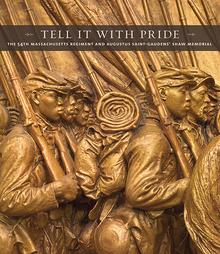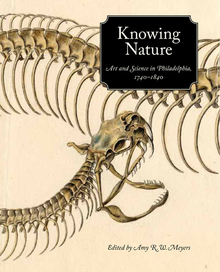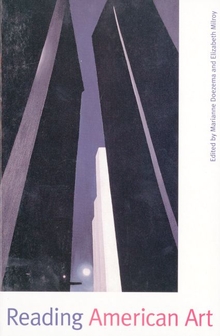George Bellows and Urban America
WARNING
You are viewing an older version of the Yalebooks website. Please visit out new website with more updated information and a better user experience: https://www.yalebooks.com
Marianne Doezema
George Bellows’s spirited and virile paintings of New York in the early decades of the twentieth century celebrated the city’s bigness and bolness. Although these works clearly challenged the conservative practices of the National Academy and linked Bellows with the anti-academic art of Robert Henri and the Eight, they were highly popular, even with arch-conservatives. In this book Marianne Doezema explores why it was that Bellows’s paintings—despite being considered coarse in technique and subject matter—were acclaimed by critics and patrons, by conservatives, progressives, and radicals alike.
Doezema focuses on three of Bellows’s principal urban themes: the excavation for Pennsylvania Station, prizefights, and tenement life on the Lower East Side. Drawing on journals and periodicals of the period, she discusses how the prominent, often newsworthy motifs painted by Bellows evoked particular associations and meanings for his contemporaries. Arguing that the implicit message of these paintings was distinctly unrevolutionary, she shows that the excavation paintings celebrated industrialization and urbanization, the boxing pictures presented the sport as brutal and its fans as bloodthirsty, and the depictions of the Lower East Side conformed to a moralistic, middle-class view of poverty. In many of Bellows’s subject pictures of this era, says Doezema, the artist approached issues of changing moral and social values in a way that not only seemed congenial to many members of his audience but also verified their attitudes and preconceptions about urban life in America.
Marianne Doezema is Program Officer, Museums, Division of Public Programs, National Endowment for the Humanities.
"A thoroughly professional reading of an artist's work in the context of its times. Doezema provides a very sophisticated mix of stylistic analysis and cultural history."—Matthew Baigell
"No American painter has painted more realistic scenes of New York life than George Bellows. . . . The color reproductions in this long overdue tribute are first-rate."—John Barkham Reviews
"A valuable reconsideration of Bellows's life and art."—Charles Hagen, New York Times Book Review
"[A] rewarding new study of Bellow's early career."—Sean Wilentz, New Republic
"A laudable dissertation. . . . Rewarding."—Peter Hales, The Journal of American History
"A discerning study."—Book Review Digest
"Beautifully illustrated. . . . [Doezema's] work will be useful to anyone interested in urban life in the early twentieth century."—Bernard Mergen, American Studies International
"It is a pleasure to welcome this strong contribution to studies in American art history. . . . Marianne Doezema unite[s] a powerful artist, several of his well-known pictures, and the complex social context in which he produced them in a rewarding analysis of a carefully constructed artistic career in early twentieth-century New York. . . . [An] impressive achievement."—Elizabeth Johns, Winterthur Portfolio
Publication Date: March 25, 1992
92 b/w + 20 color illus.









